When I had the opportunity to play Battle Creek in the summer of 2020, I jumped at the opportunity to do so. This old Willie Park Jr. course, while not widely known, has been developing a reputation in recent years as one of the best hidden gems in Michigan. There’s been work, I believe by some of Tom Doak’s associates, to restore the greens to their original sizes. While I don’t know what the greens looked like before, most of the greens filled what looked to be their original squarish pads. Unlike many pre-WWII courses, these greens appeared to be close to their original sizes.
And that’s where the course has developed its hidden gem reputation, for the green complexes. It’s certainly an interesting set. Most are on large, flat pads, built simply 2 or 3 feet above their surroundings. I like this simple style of green construction, especially on a relatively flat piece of land as this. Several of the greens have interesting little humps and bumps, although they’re never very undulating. Most notably there are two greens, nos. 3 and 18 that consist of a massive unpinnable slope running up to a small, flat pinnable area. I liked these greens and in their simplicity, they reminded me a bit of two of the Park Jr. courses that I played in the UK: Sunningdale Old and Stoneham. There’s a bit more shaping on the pad edges than the Sunningdale greens, but the otherwise simple construction is similar.
And that’s where the course has developed its hidden gem reputation, for the green complexes. It’s certainly an interesting set. Most are on large, flat pads, built simply 2 or 3 feet above their surroundings. I like this simple style of green construction, especially on a relatively flat piece of land as this. Several of the greens have interesting little humps and bumps, although they’re never very undulating. Most notably there are two greens, nos. 3 and 18 that consist of a massive unpinnable slope running up to a small, flat pinnable area. I liked these greens and in their simplicity, they reminded me a bit of two of the Park Jr. courses that I played in the UK: Sunningdale Old and Stoneham. There’s a bit more shaping on the pad edges than the Sunningdale greens, but the otherwise simple construction is similar.
How about the rest of the course? My main criticism is that it’s a bit one dimensional off the tee. While I imagine that the club has done some tree removal, there are still several holes where the trees are quite tight to both sides of the fairway. There’s also a lack of fairway bunkering. I thought that the par 3s were the class of the course, culminating with the long par 3 sixteenth, which I thought was one of the better par 3s in the state. I’d be interested to know how the current fairway bunker scheme looks relative to the original and if there are a few missing bunkers as I suspect, whether the club plans to restore them.
Battle Creek gets started with one of its toughest and best holes: a long par 4 with a fairway bunker left that requires about a 240 carry. My favorite aspect of this hole was the large green which like most others was on a slightly raised, flat pad, but had a lot of interesting little contours. The green is typical of (most of) the course: not too difficult, but with lots of interesting subtle contours.
Battle Creek gets started with one of its toughest and best holes: a long par 4 with a fairway bunker left that requires about a 240 carry. My favorite aspect of this hole was the large green which like most others was on a slightly raised, flat pad, but had a lot of interesting little contours. The green is typical of (most of) the course: not too difficult, but with lots of interesting subtle contours.
The 390 yard par 4 second doglegs left around trees. It’s not too difficult if you hit the fairway and the green is wide open in front even if you don’t. The primary challenge here comes from the tiered green. You don’t want to be above the hole.
Three is an interesting long par 5 which one of my playing partners made known to us was one of his favorite holes. Like the first, it’s a good driving challenge with a bunker on the left about 230 out at the crest of the fairway. The hole starts to run gradually downhill after this and a long hitter could easily get within range of the green off a good drive.
The primary feature here is the green, which is almost 50 yards from front to back but where the first probably half is a long, gradual slope that isn’t pinnable with today’s green speeds (there might be a spot or two; I’d have to have another look). I’m not sure that I’m such a fan of this feature, which we’ll see again at eighteen but it does give you something to do: make sure that you clear it. It also helps slow down a higher handicap’s runner into the green.
Four is the first of four very good par 3s. The first three are a bit similar in length (150-175) but with different bunkers schemes and green contours. The fourth green slopes to the front right, meaning that you’ll have to challenge the front and right bunkers to give yourself an uphill putt.
The next two holes, both medium length par 4s, show what I think is the primary issue with Battle Creek: it’s often not particularly interesting off the tee. Six especially is a tough driving hole because of the proximity of trees on the left side of the fairway. But in both cases, it’s best to club down a bit to hit one straight.
While seven is similar in that it’s also roughly 400 yards and the fairway is lined with trees, the approach is different, with the green on a ridge rather than on the flat. It’s a bit of an intimidating looking shot for a first timer because all you can see is a false front. But the green is almost 50 yards deep and the false front isn’t nearly as long as that on three.
I suppose that eight looks a bit like the fourth, although the bunkers here are short and left. There are some interesting mounds at the edge of the green and (again) pretty good back-to-front slope. So unless you’re close to the hole, it’s a challenge.
While the drive on the 520 yard par 5 ninth is similar to that on seven, the rest of the hole is interesting. Both the drive and the second are uphill and while the second shouldn’t be too hard if you’re laying up, there are blind bunkers left and right starting about 70 yards short of the green. Like many, the green is deep but not too wide so a miss online short will be better than an inaccurate one.
The next two holes, a par 5 and par 4 feature drives up and over ridges. Eleven has two bunkers up the left side to about 230 yards out, but there’s no reason to challenge the left side here. The much bigger issue is the green, which has one of the steepest back-to-front pitches on the course.
After another medium-short par 3, we come to another fairly flat, tree-lined par four. The major issue from the thirteenth tee is a small creek that crosses the fairway at about 280 yards from the back tee. The approach is to an elevated green that has good, subtle contours.
Fourteen is a tight dogleg left between trees. The green competes with eleven for steepness although this green is sectioned into two tiers. Make sure that you’re on the right one.
One of my playing partners had a real problem with the large oak tree just to the right of the beginning of the fifteenth fairway, which he thought obstructed too much of the hole. The tree returned the favor, catching his drive and deflecting it somewhere where we couldn’t find it. I agree that the tree blocks too much of the hole but I also thought that the branches were high enough to drive under it without difficulty.
More interesting to me was the large green which again had many interesting little contours. It’s tough to capture these with a camera (well, at least an iPhone camera) but they make the greens a lot of fun to putt.
The 220 yard par 3 sixteenth was easily my favorite hole on the course and I think that it’s also one of the best par 3s in the state. I’m a sucker for a good, long par 3 and this one has a lot of things that I like: a green that’s open in front but with trouble at the sides and outstanding interior contour. I’ve noted that I think that the strength of this course is the subtle contouring on the greens and I thought that this one was clearly the best. The contours are hard to describe because they’re pretty random but they’re pronounced enough that you can see them pretty well.
I thought that the short par 4 seventeenth was one of the best driving holes on the course. At just over 300 yards, I guess now it’s drivable for many but the fairway turns right and narrows at a bunker about 240 out. This wouldn’t pose a challenge for really long hitters and I suspect that the hole would be pretty easy for them but it’s a good challenge for us shorter hitters. Probably the smart play is to just layup (and not into the rough like I did) then pitch to another large green. Unfortunately, I didn’t feel that this green had the interest of several of the others, which detracted from an otherwise interesting hole.
Eighteen is a long par 4 that doglegs right at a bunker about 270 yards out. The green provides a pretty memorable finish—although it’s almost 50 yards deep, there’s a maybe 15 yard deep pinnable area at the back.
I really enjoyed playing Battle Creek Country Club. It’s just the type of course at which I’d like to be a member. It’s an easy walk, there are a lot of opportunities to play shorter loops of holes (you could probably come up with a loop of almost any number of holes), and the course is a good challenge without ever being severe or gimmicky. It’s a very solid golf course and an enjoyable one. No frustration about stupid or overdone holes here.
Yet at the same time, I’d pushback against those who think that this is one of the best courses in the state. It does have a very good set of greens but I’d probably limit the praise to ‘very good.’ I like the subtle contouring of many but I’d have preferred it if these humps and bumps were more often a bit less subtle, like on the sixteenth green. 18 greens like that would be a set of world-class greens. As mentioned, I also think that the course too often lacks interest (if not challenge) off the tee, with too many mostly straight, tree-lined fairways. The few fairway bunkers provide a good challenge for me but if you can carry it 260, almost none of them are in play. The terrain is modest, so you don’t get the variety of lies that would add to the challenge of approaching the greens.
But this isn’t the most important thing. More important is the answer to the question: “If I lived in the area and had an opportunity to place this course on a regular basis, would I?” And the answer is “Yes.” I’d rather play this course on a regular basis than several of the courses in Michigan that I think are better because this one is a nicer walk and is a good challenge without having any of the severity that many of those courses have (cough cough Greywalls, Arcadia Bluffs, and Kingsley Club…). Increasingly, an absence of severity is a real plus for me. So all that adds up to a pretty positive experience and I’d definitely recommend playing Battle Creek if you get a chance. I hope to be able to do it again.
Yet at the same time, I’d pushback against those who think that this is one of the best courses in the state. It does have a very good set of greens but I’d probably limit the praise to ‘very good.’ I like the subtle contouring of many but I’d have preferred it if these humps and bumps were more often a bit less subtle, like on the sixteenth green. 18 greens like that would be a set of world-class greens. As mentioned, I also think that the course too often lacks interest (if not challenge) off the tee, with too many mostly straight, tree-lined fairways. The few fairway bunkers provide a good challenge for me but if you can carry it 260, almost none of them are in play. The terrain is modest, so you don’t get the variety of lies that would add to the challenge of approaching the greens.
But this isn’t the most important thing. More important is the answer to the question: “If I lived in the area and had an opportunity to place this course on a regular basis, would I?” And the answer is “Yes.” I’d rather play this course on a regular basis than several of the courses in Michigan that I think are better because this one is a nicer walk and is a good challenge without having any of the severity that many of those courses have (cough cough Greywalls, Arcadia Bluffs, and Kingsley Club…). Increasingly, an absence of severity is a real plus for me. So all that adds up to a pretty positive experience and I’d definitely recommend playing Battle Creek if you get a chance. I hope to be able to do it again.
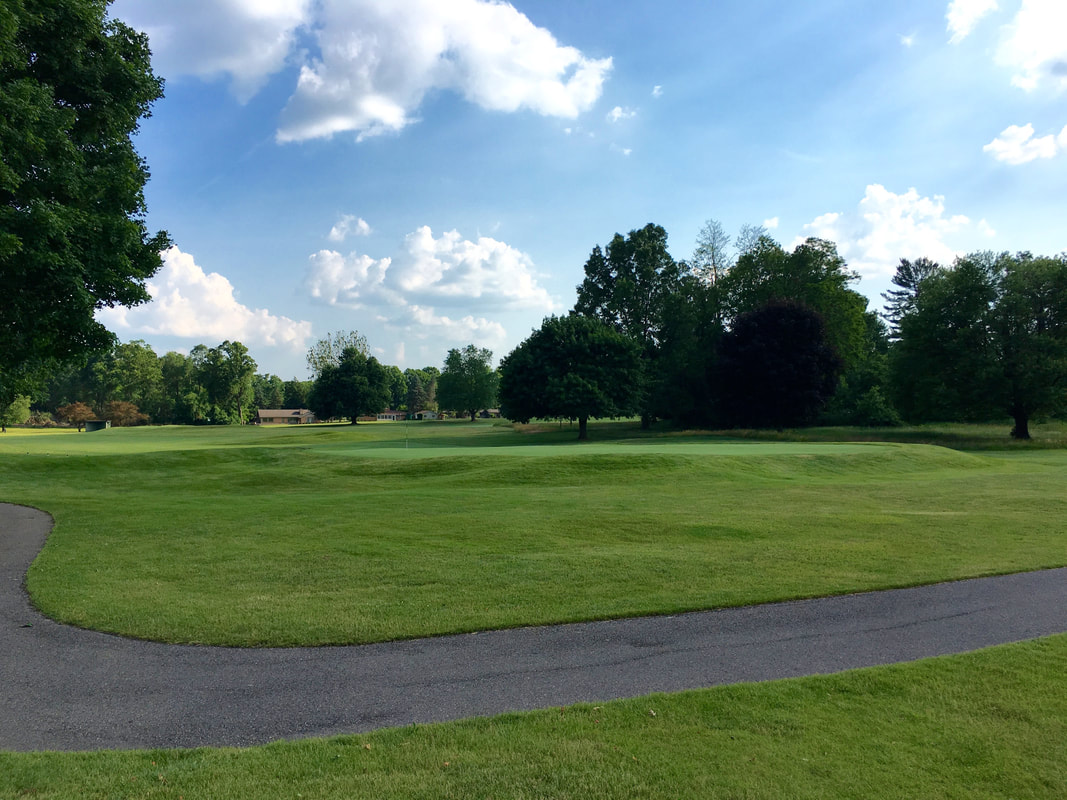
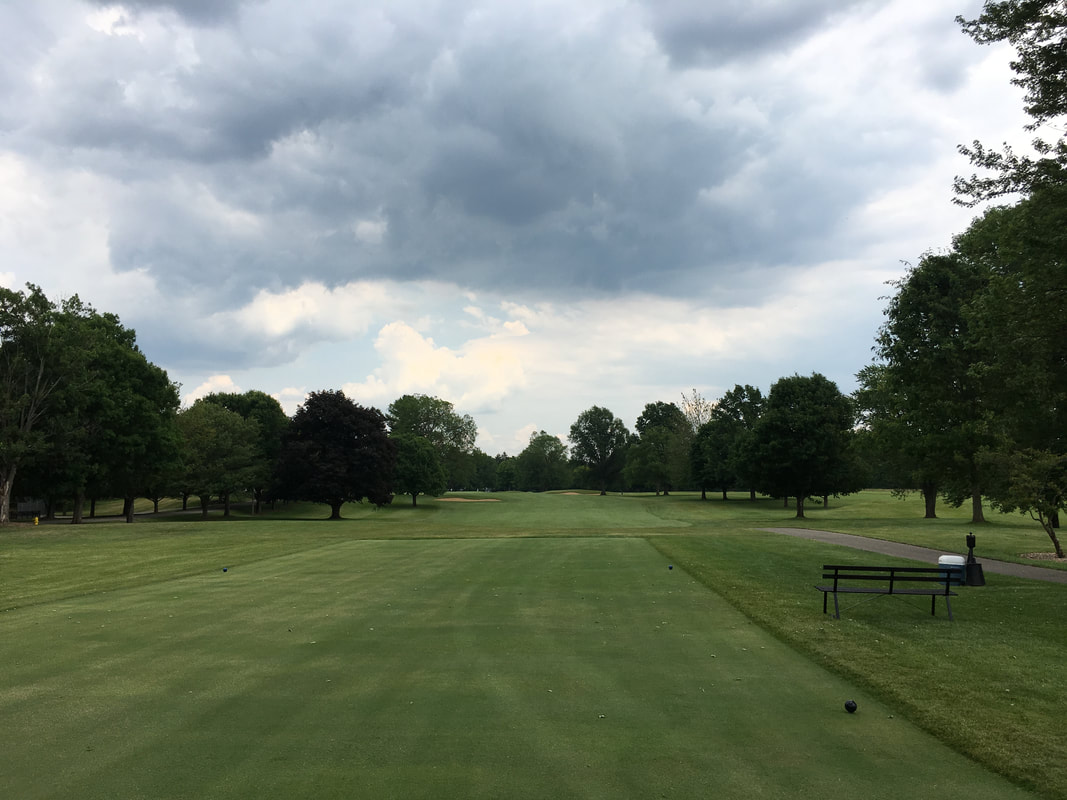
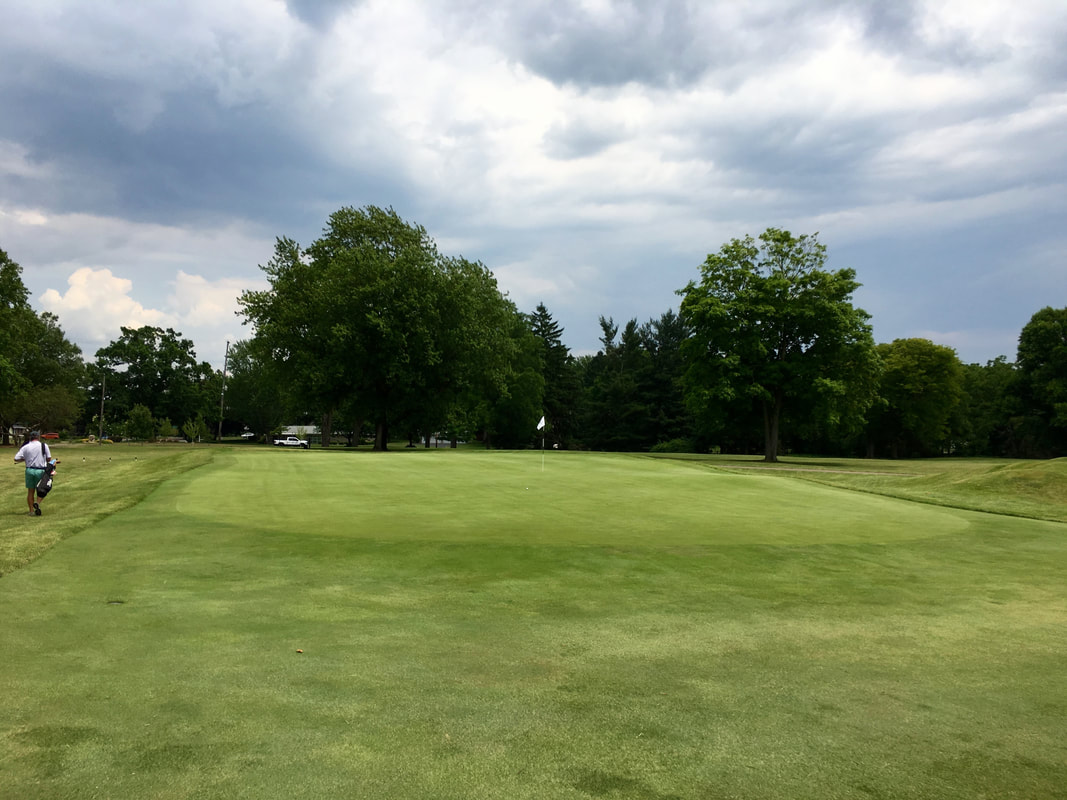
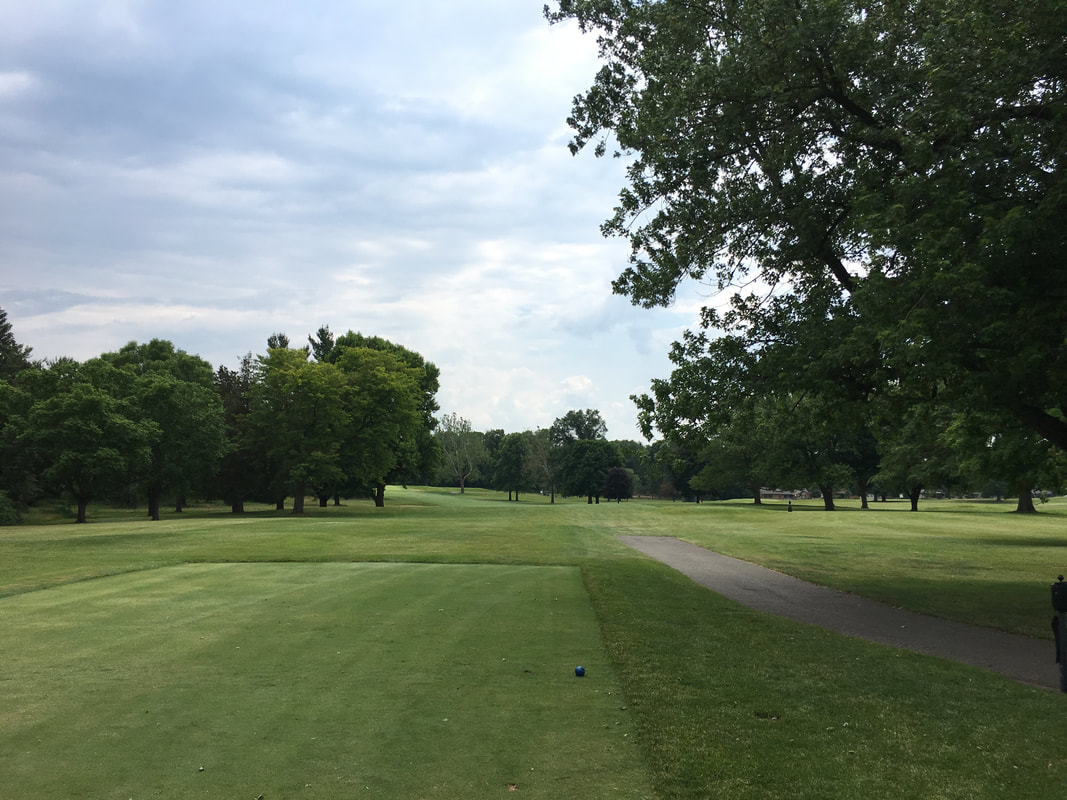
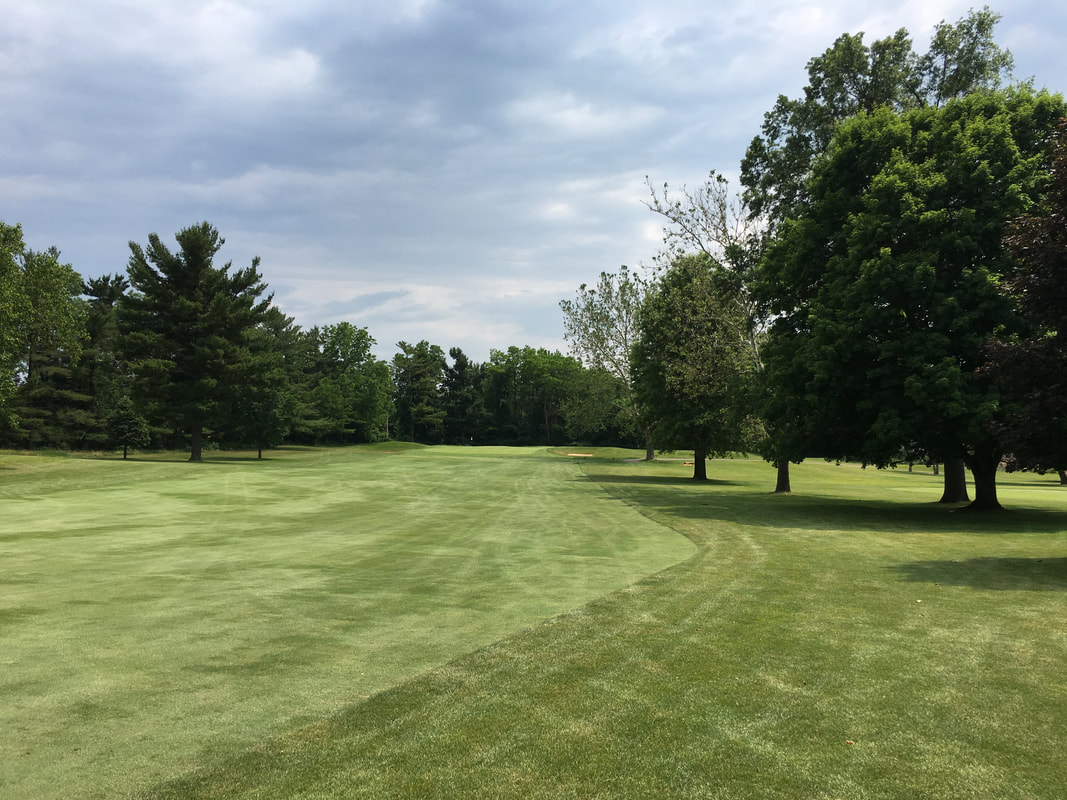
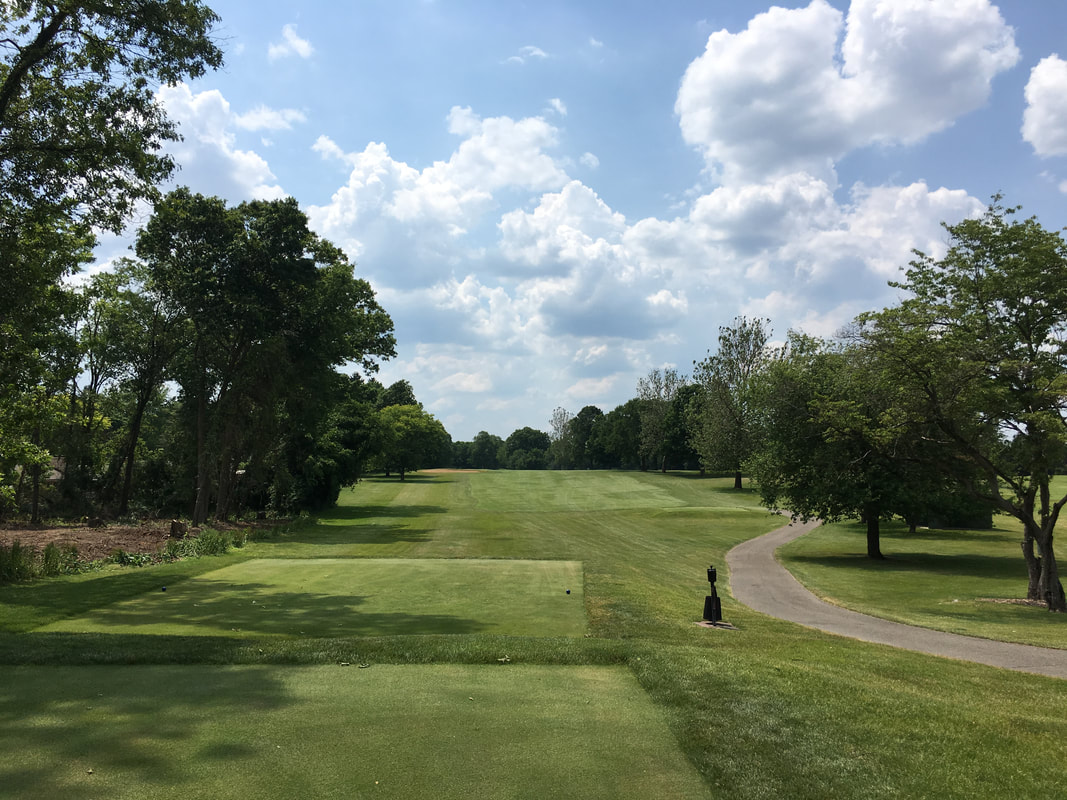
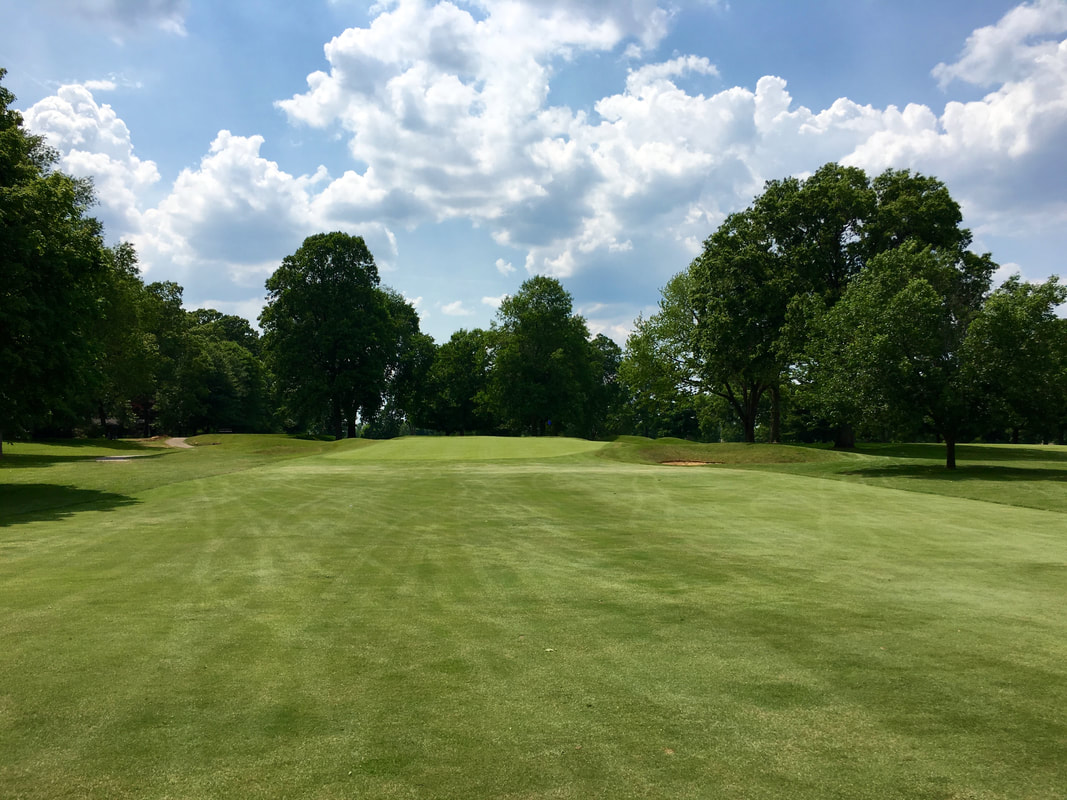
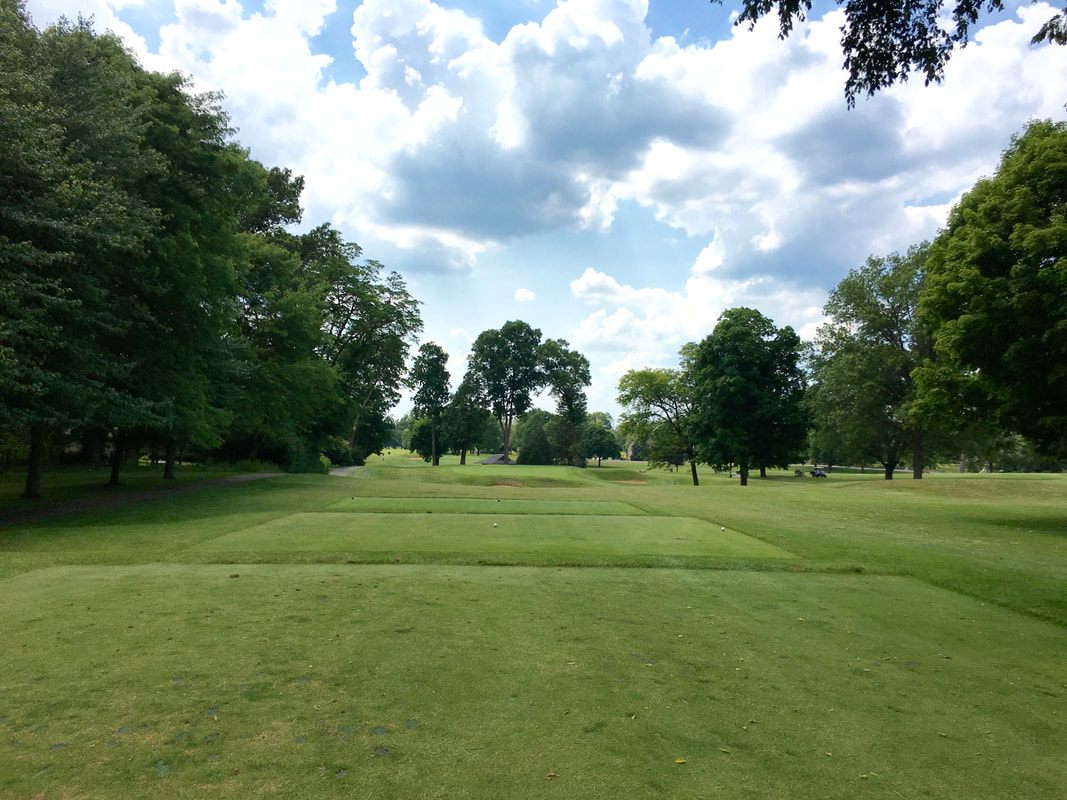
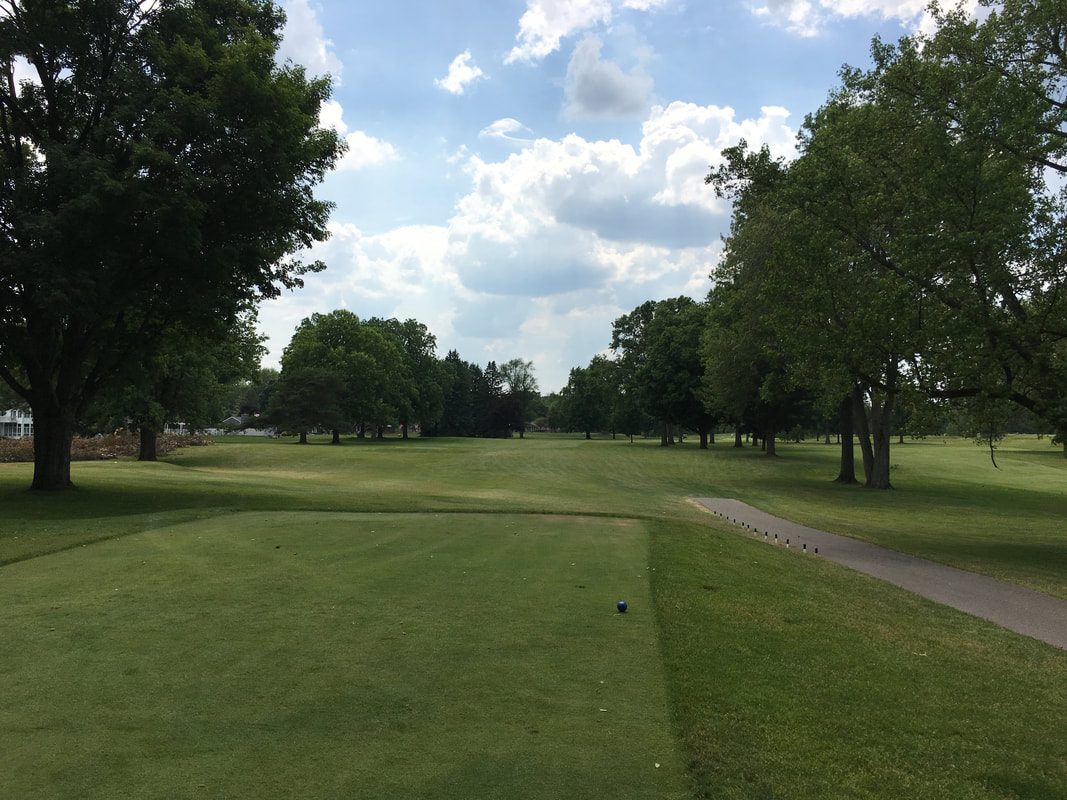
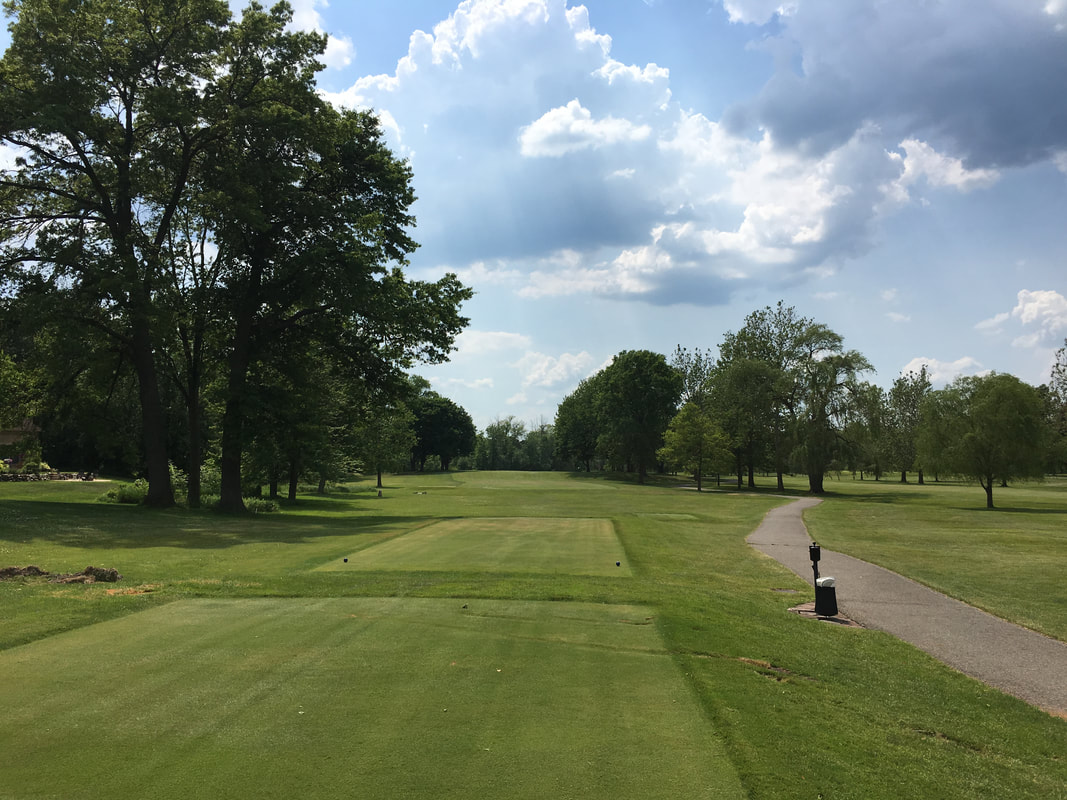
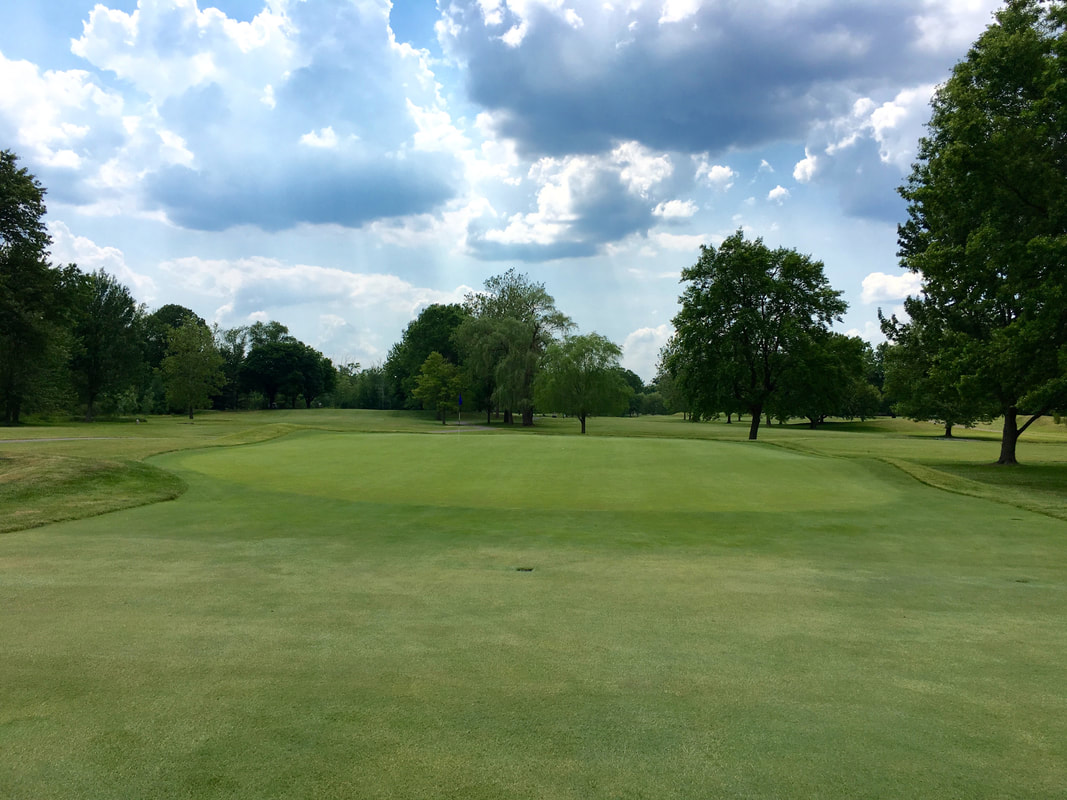
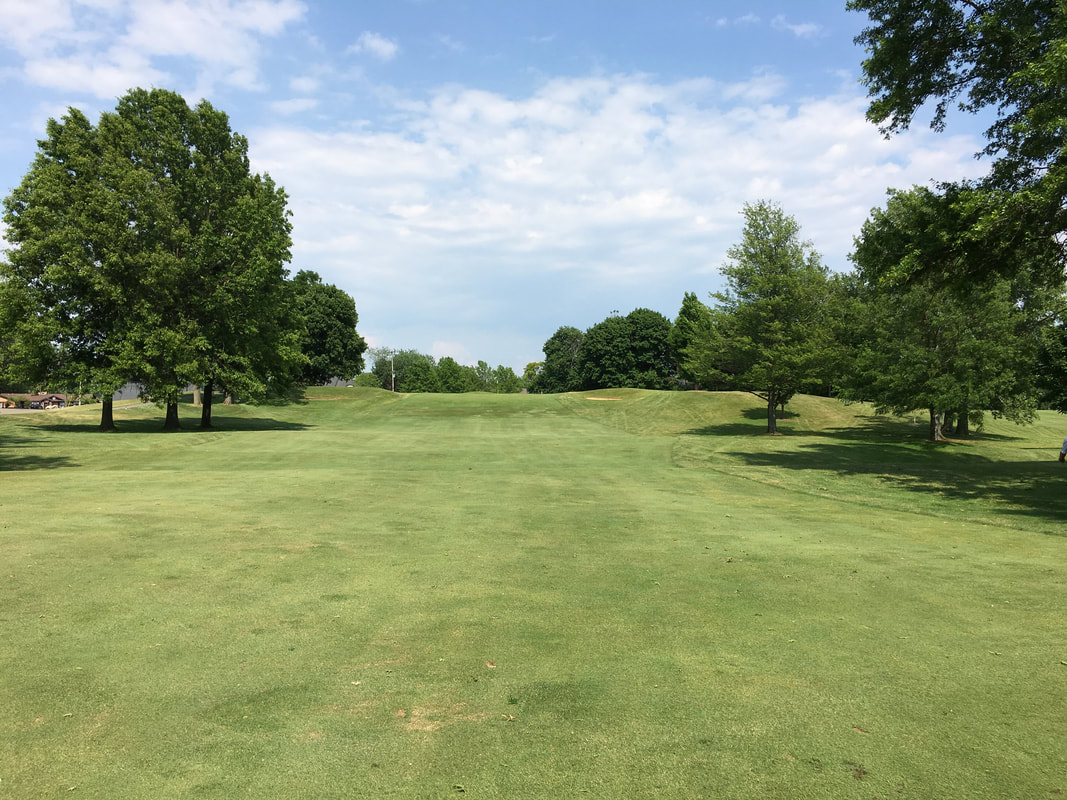
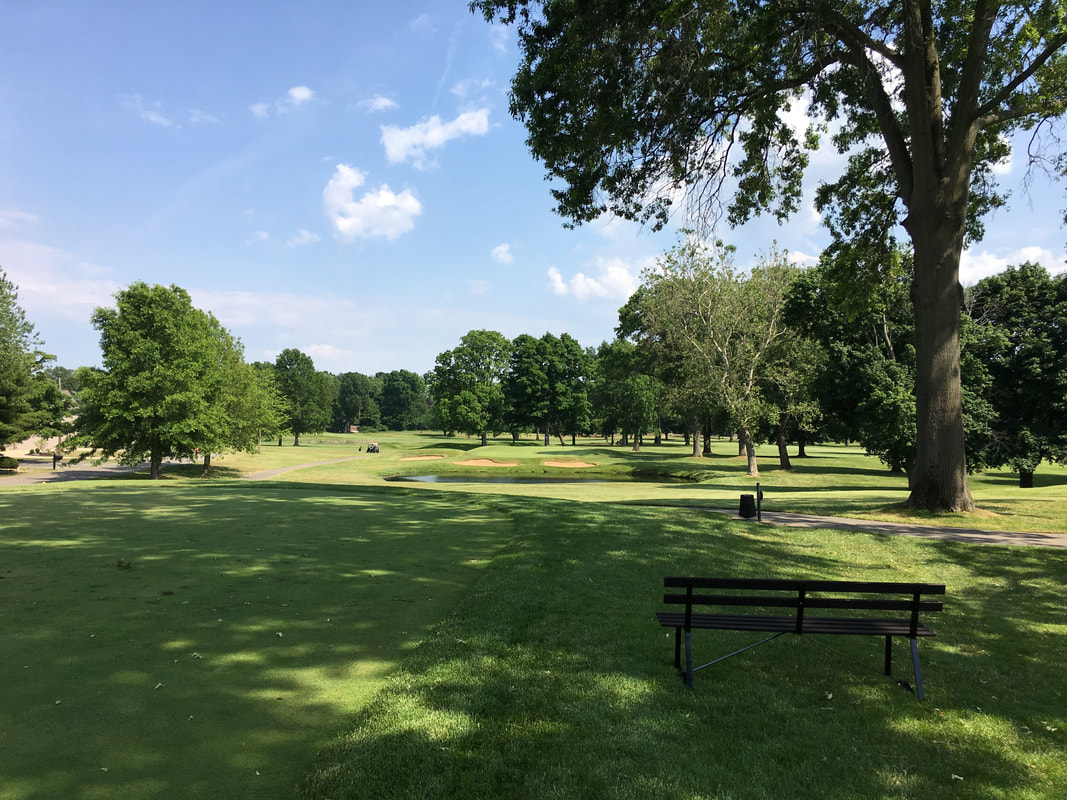
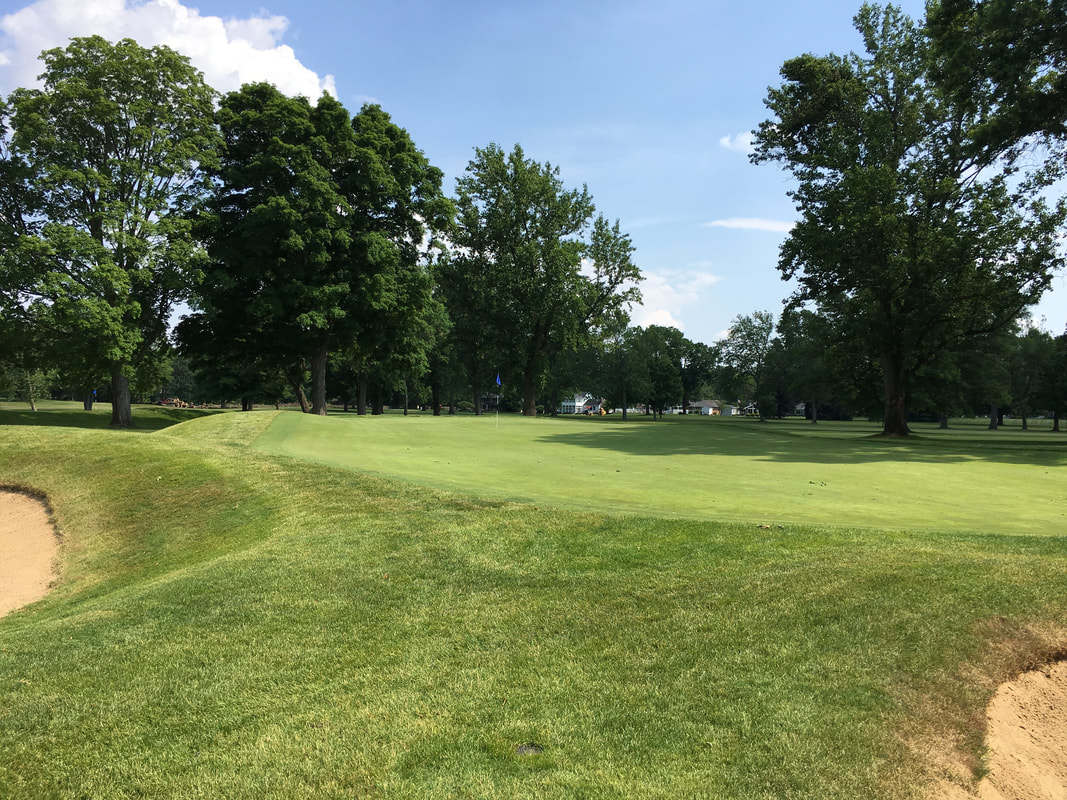
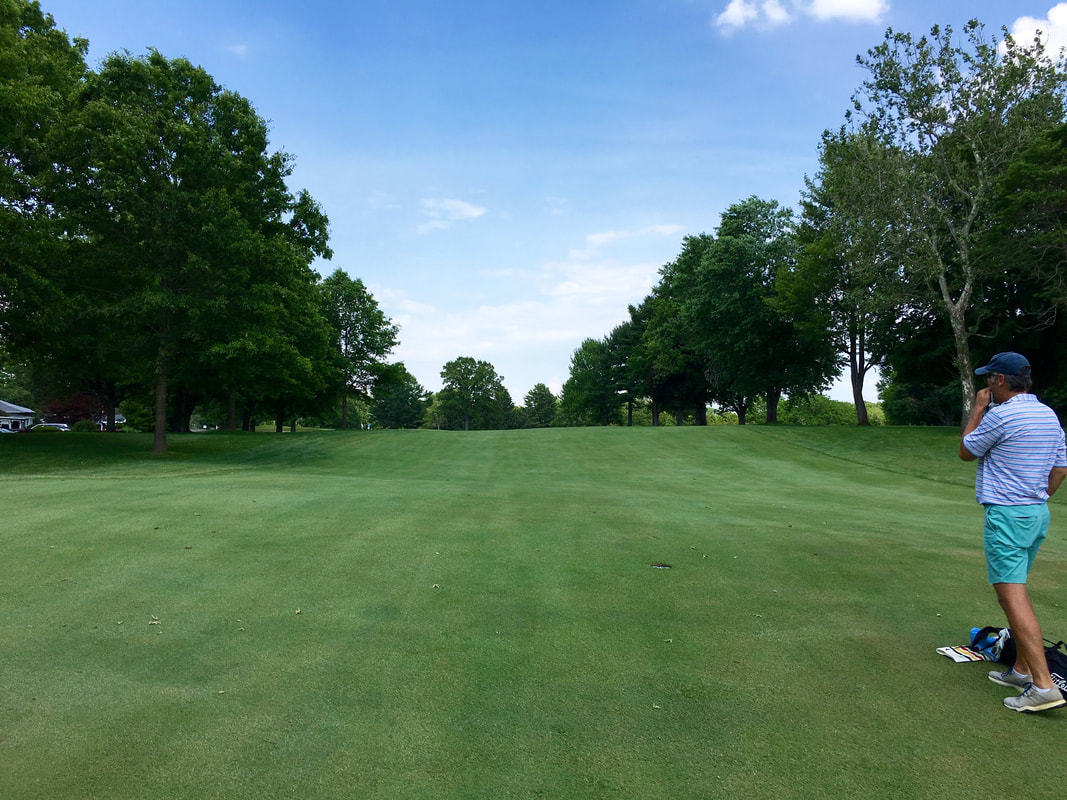
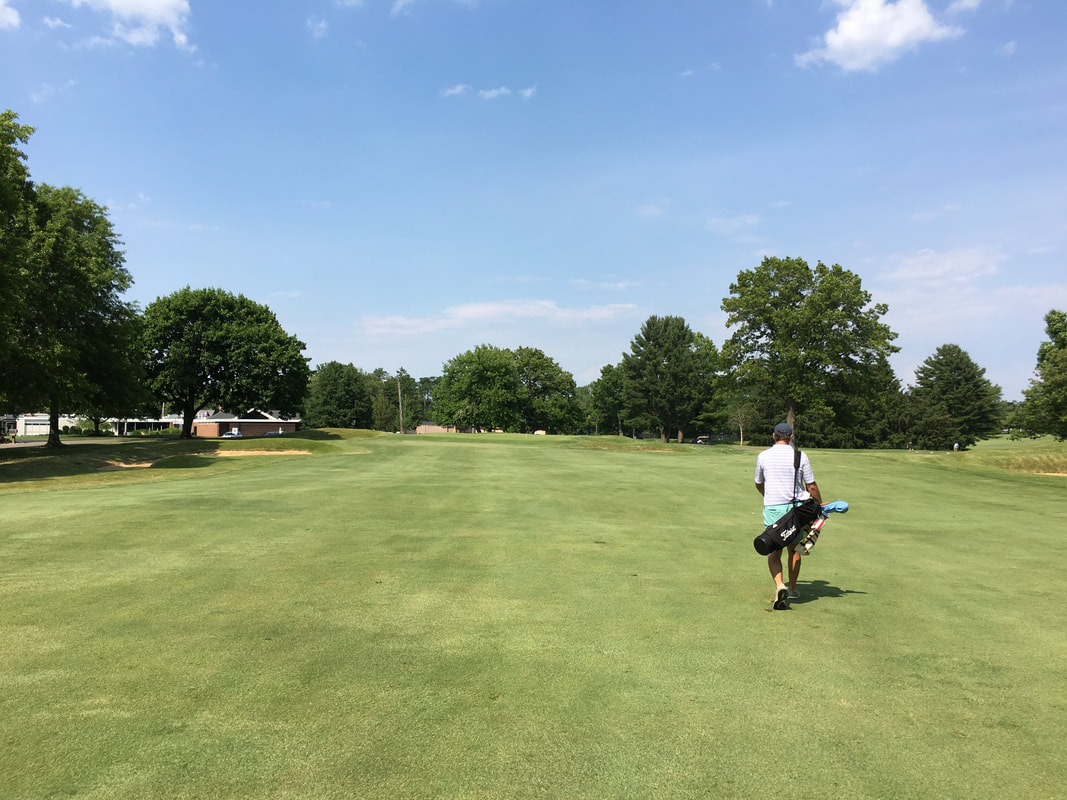
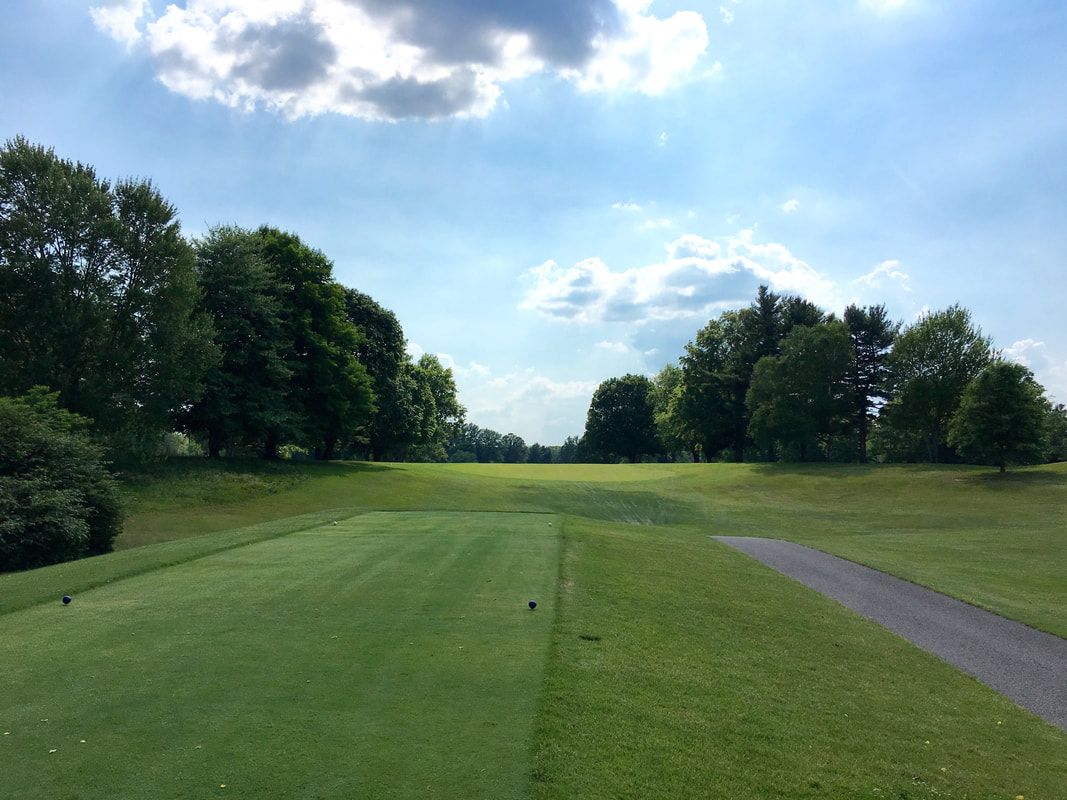
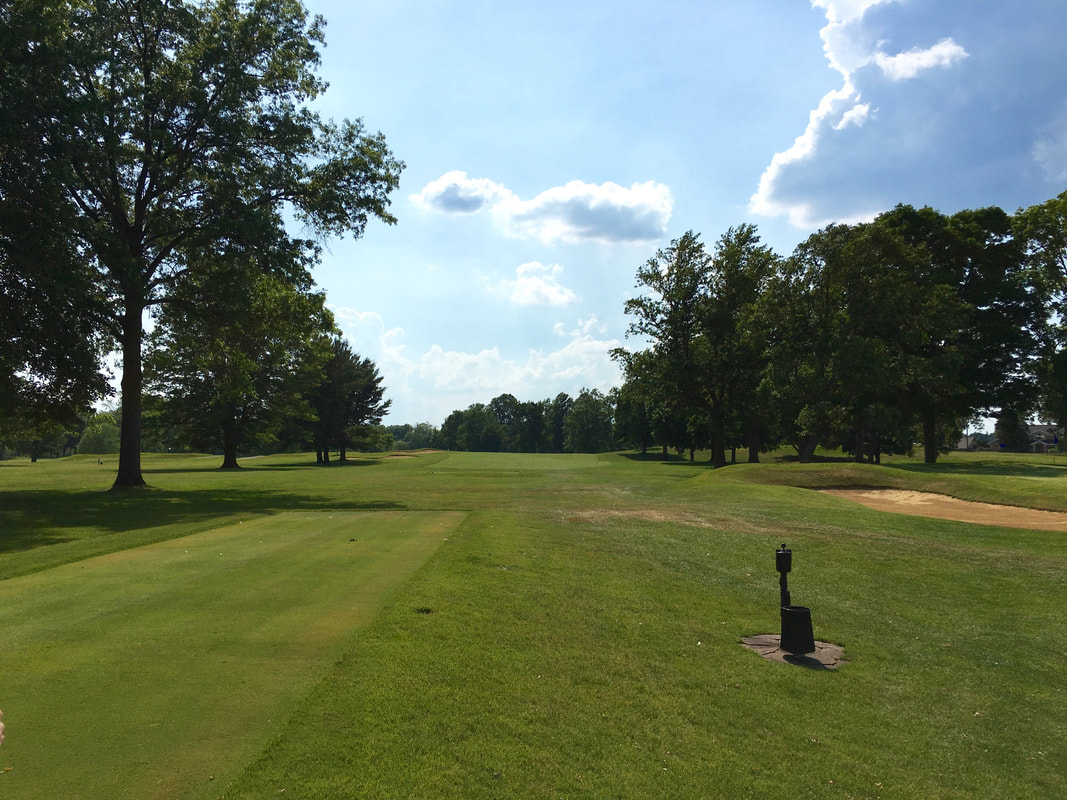
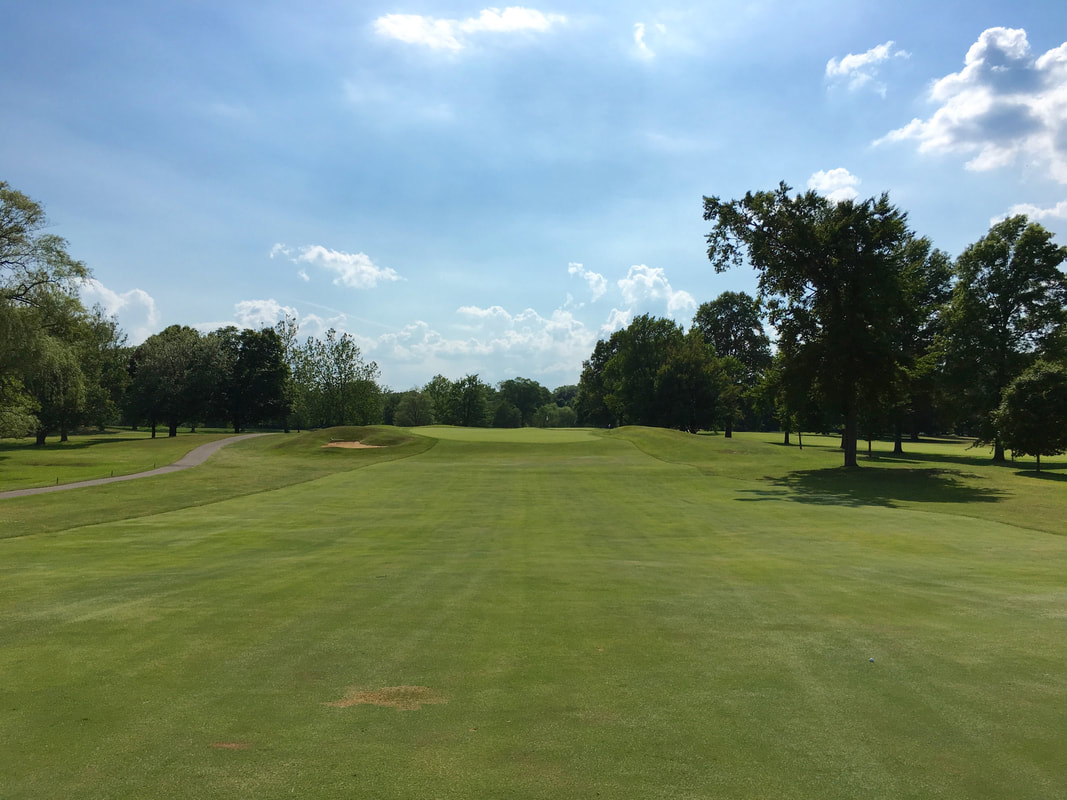
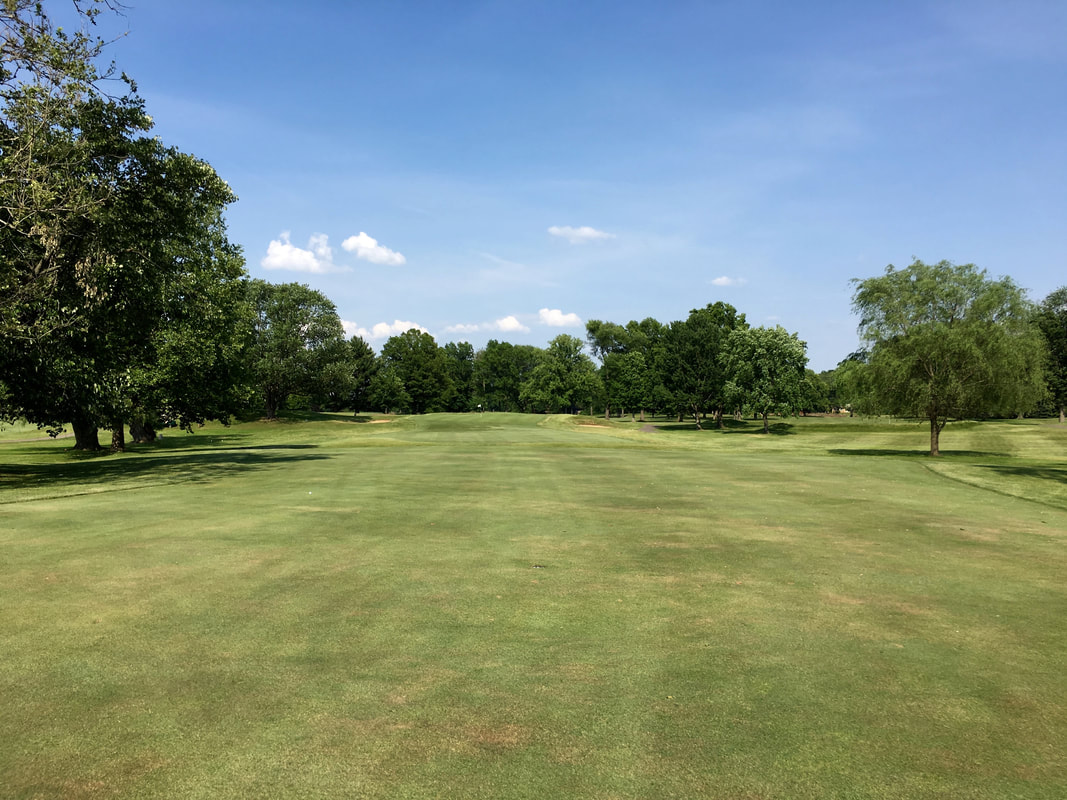
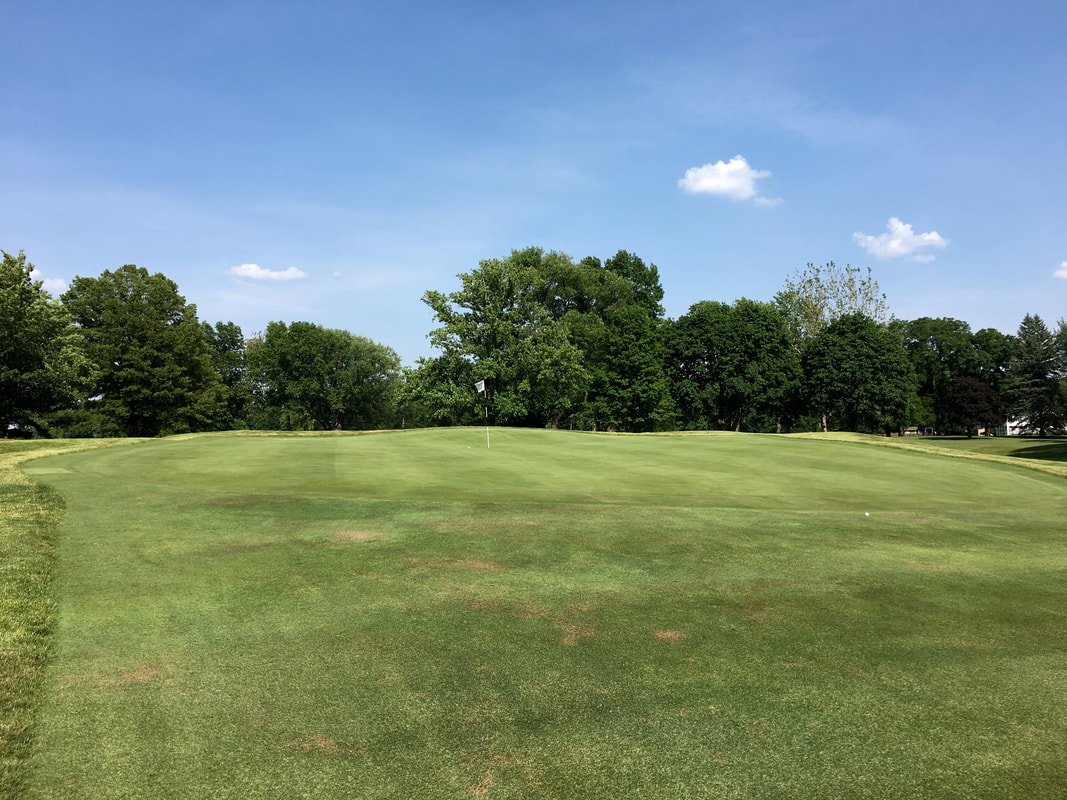
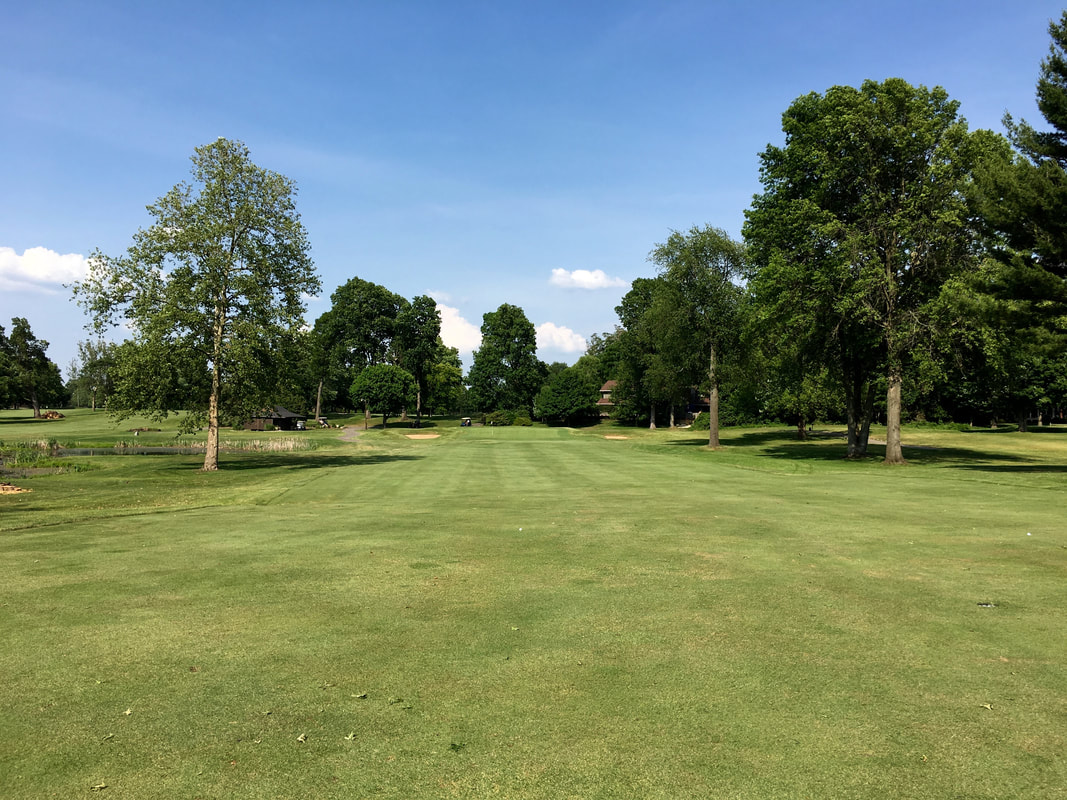
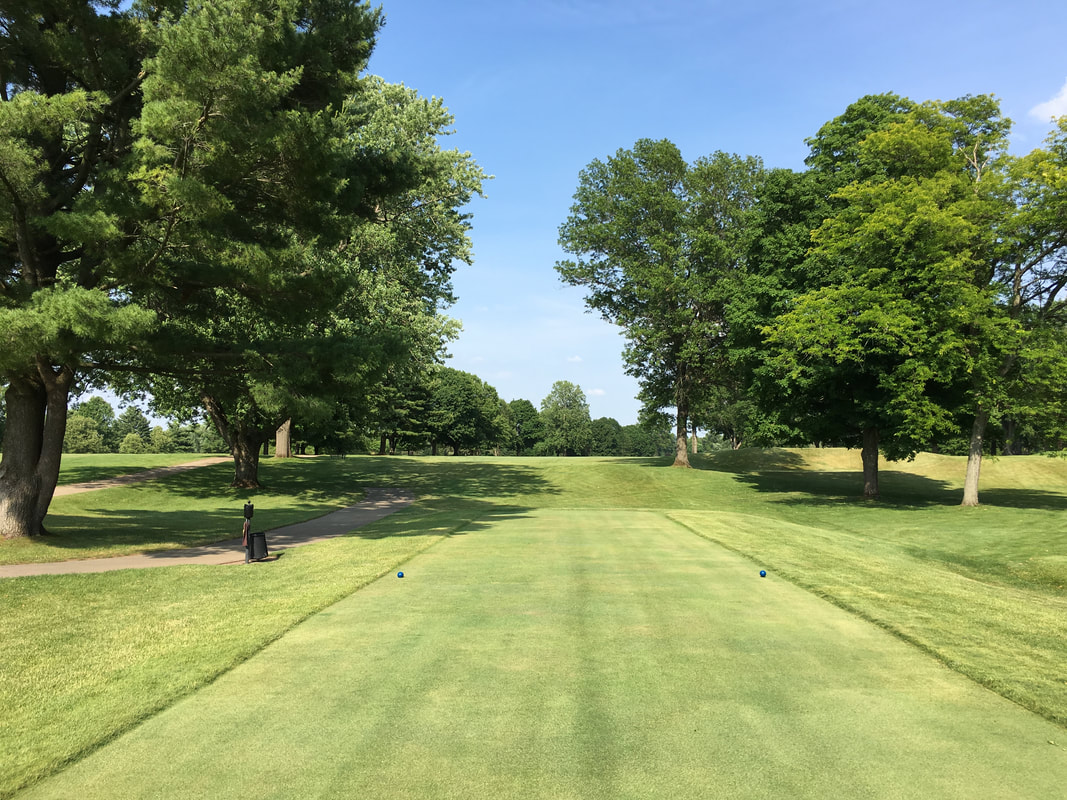
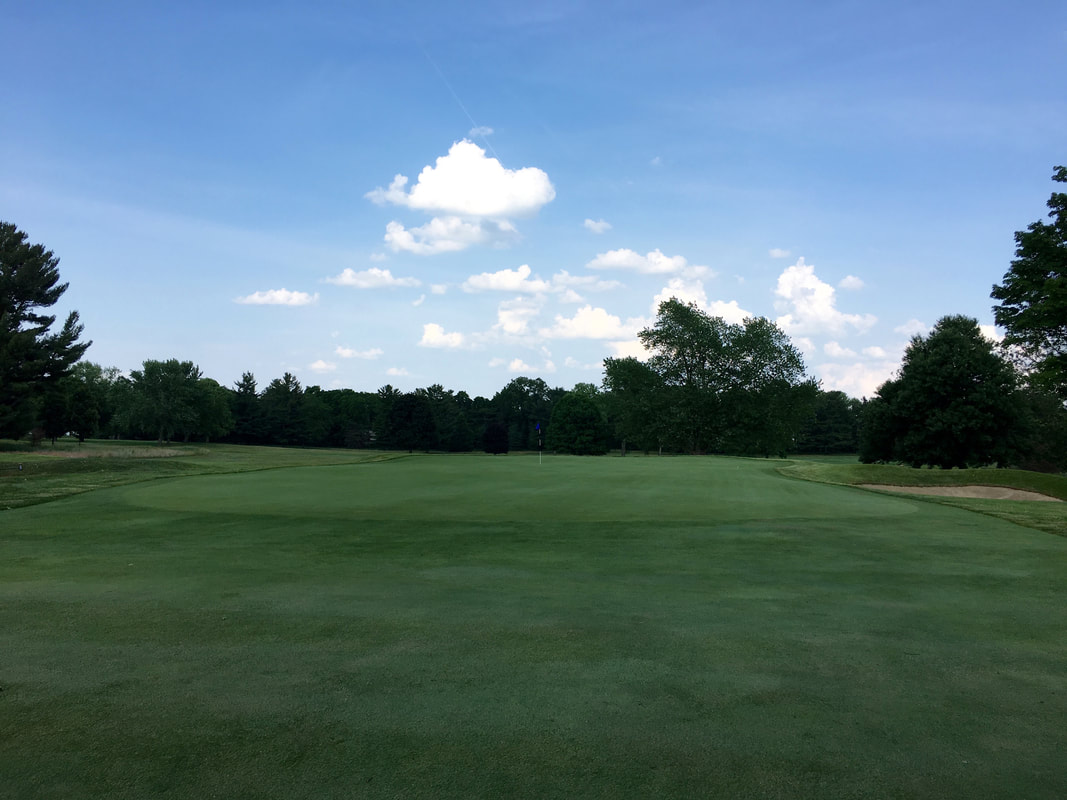
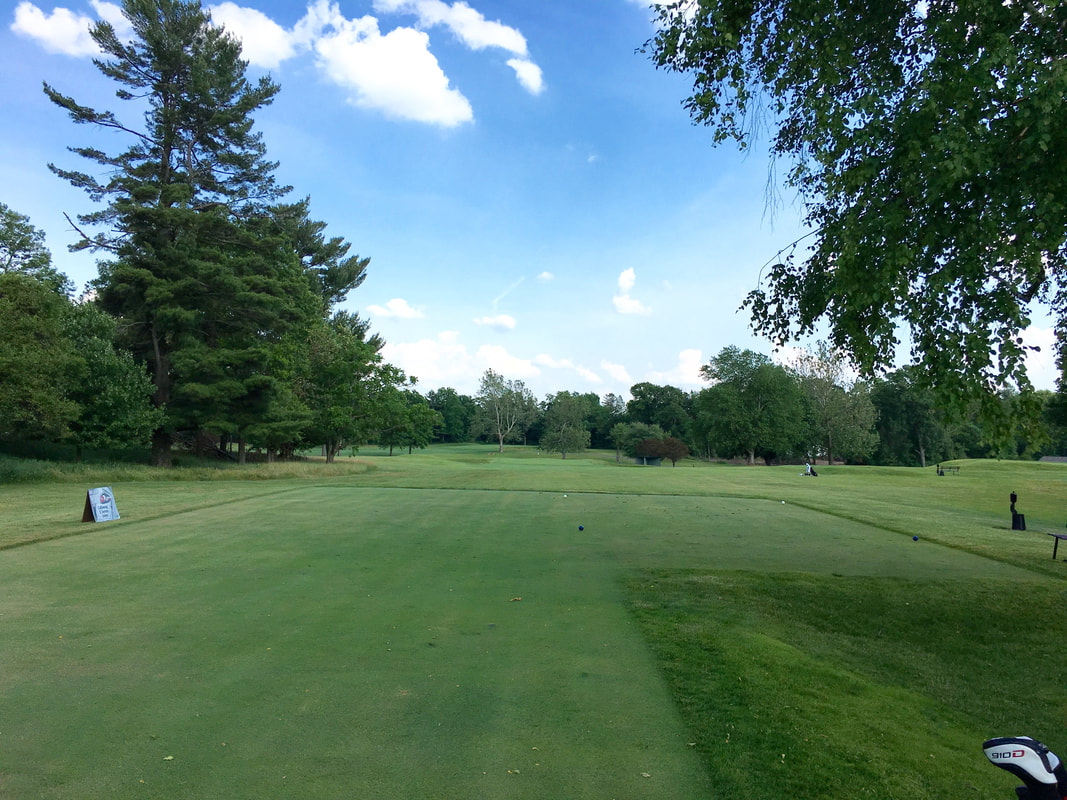
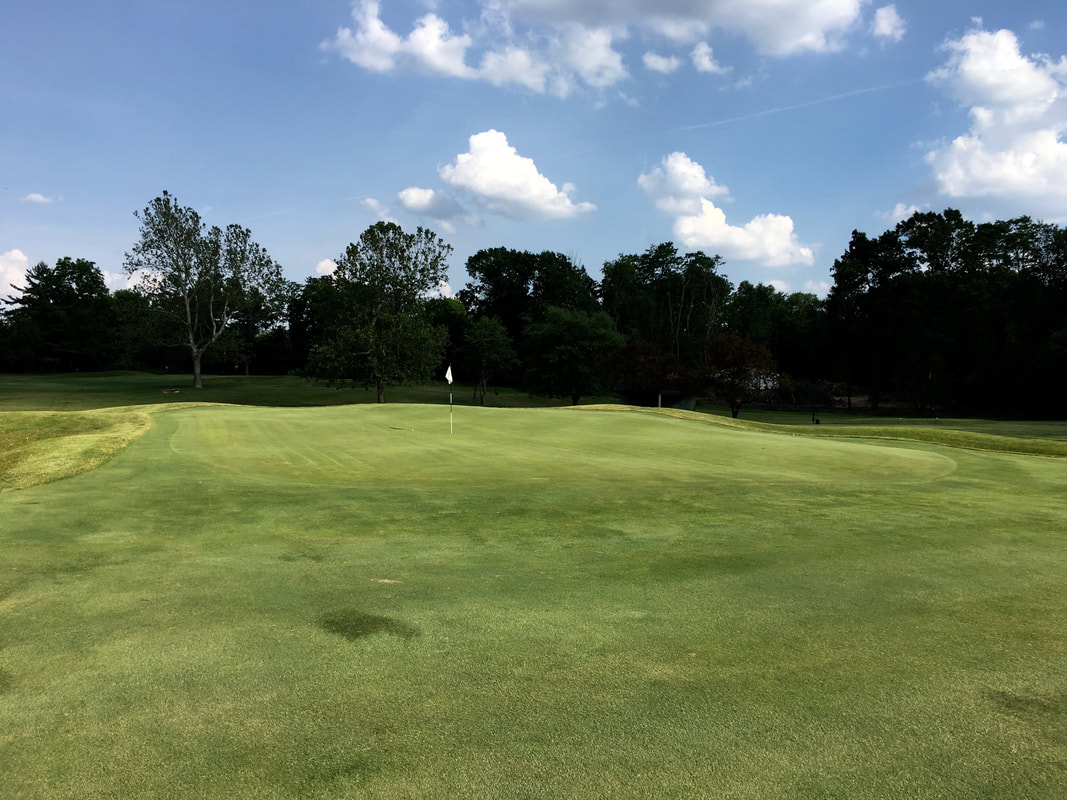
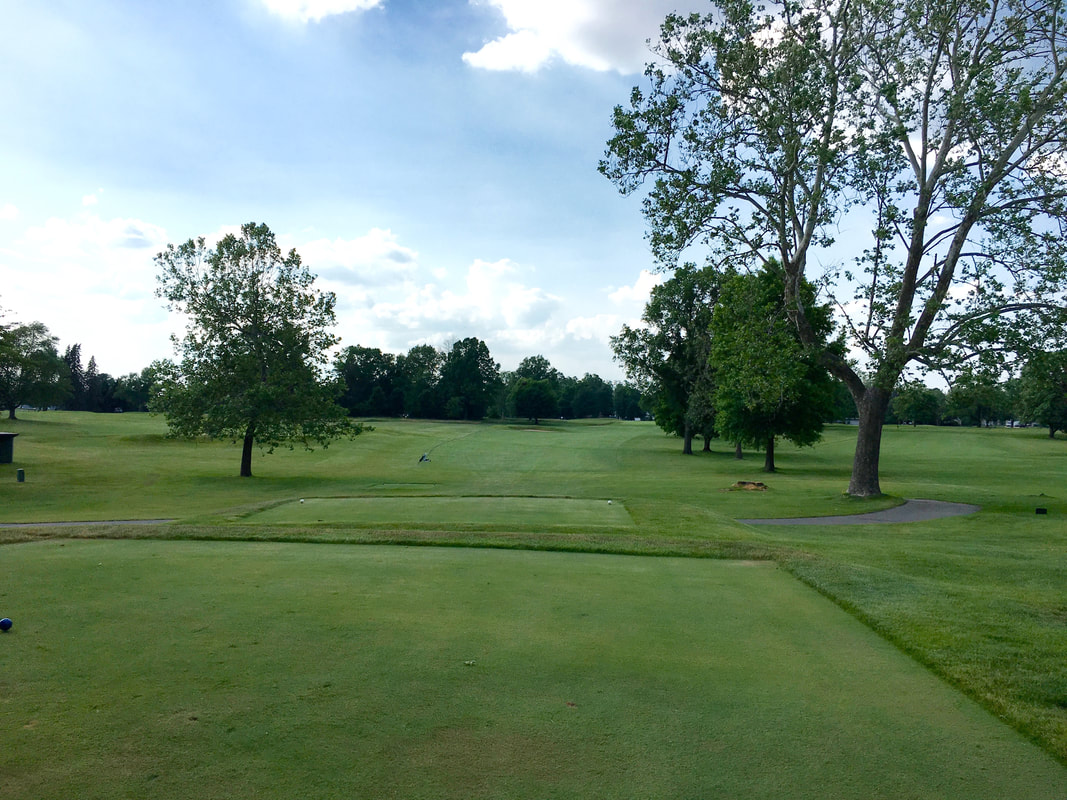
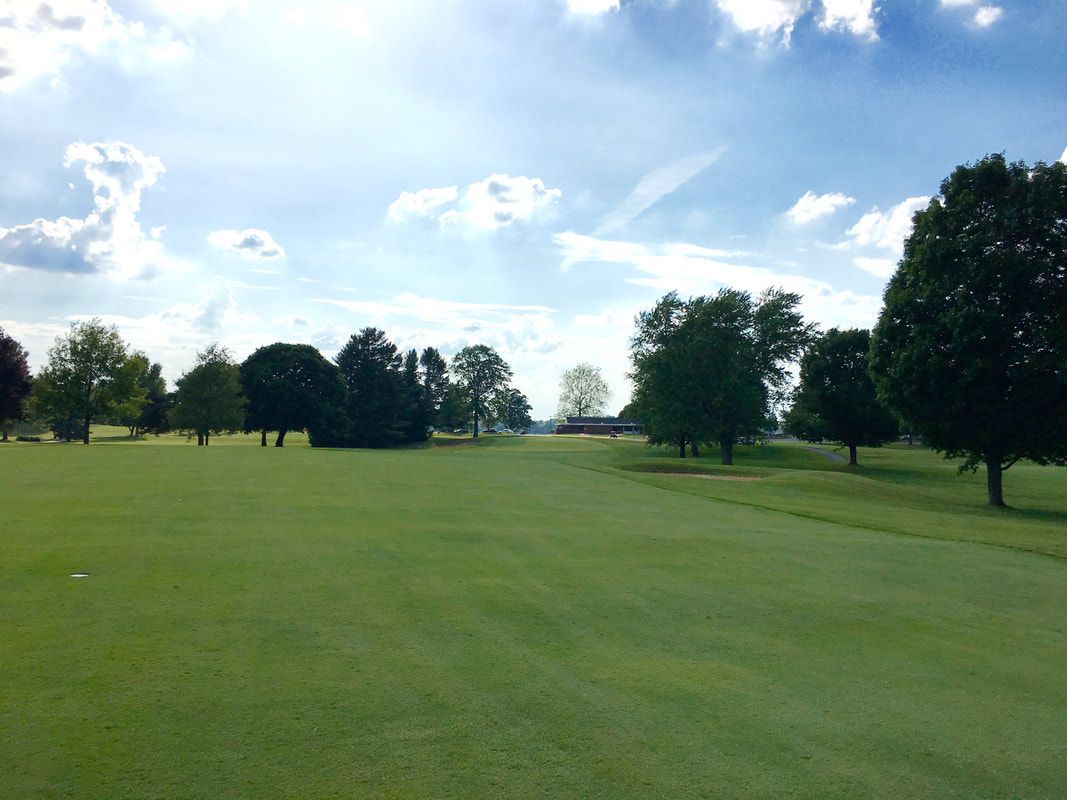
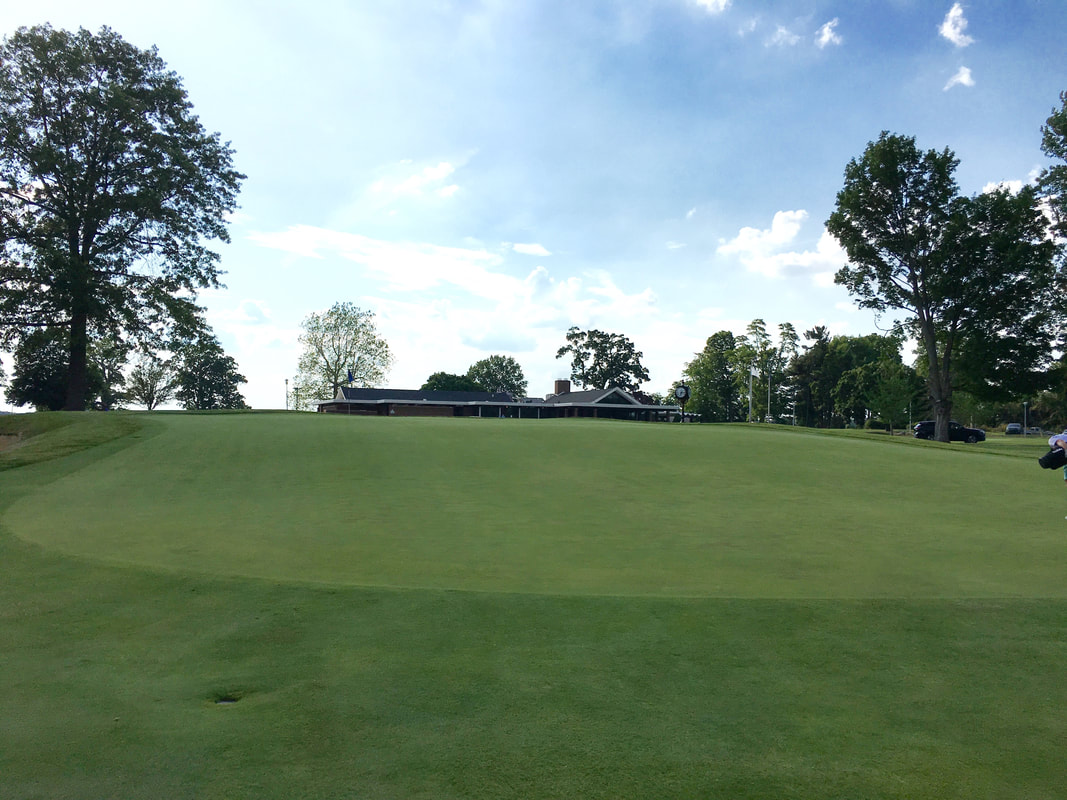
 RSS Feed
RSS Feed